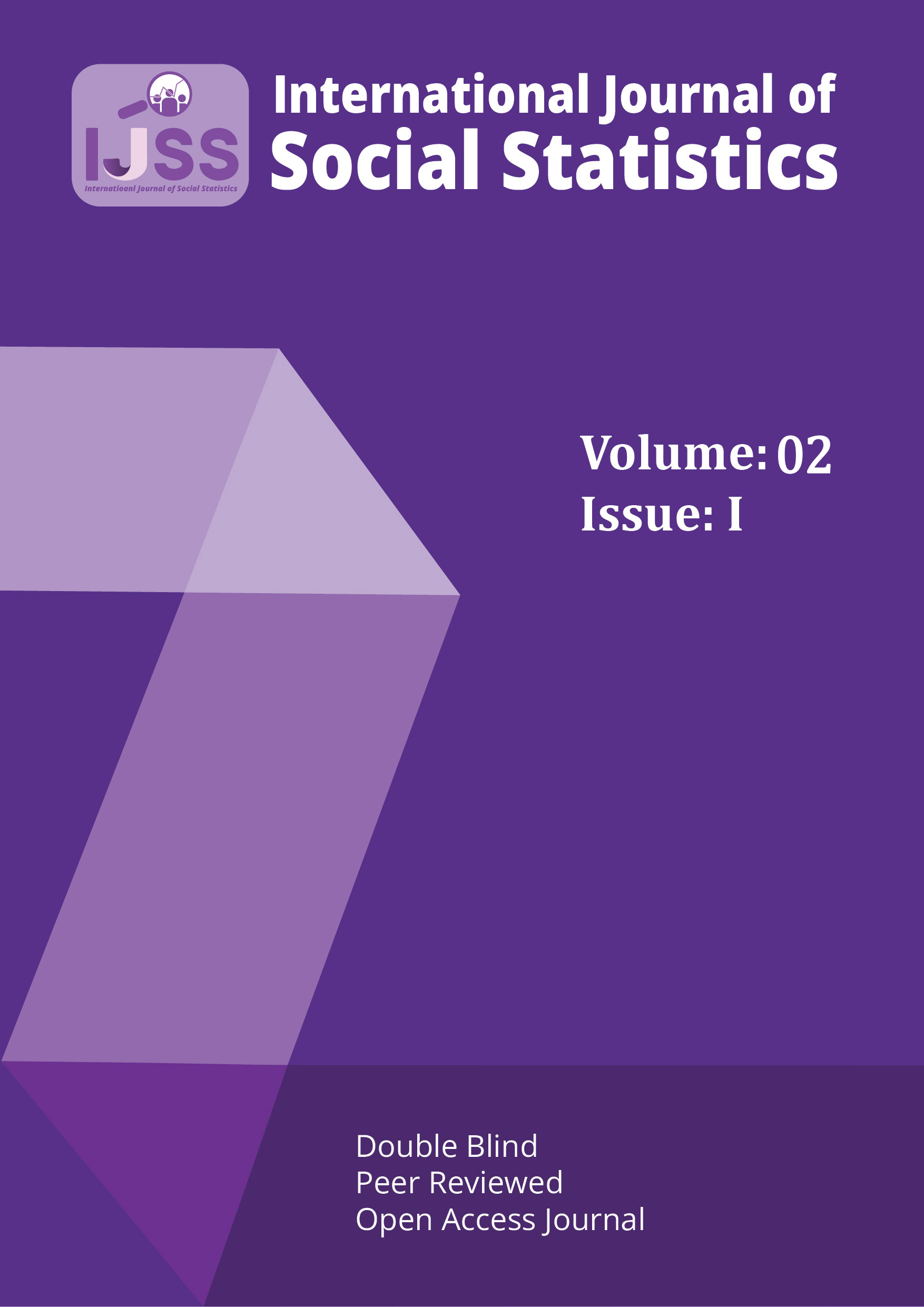Impact of Selected Macroeconomic Variables on the Unemployment Rate in Sri Lanka (2005-2020)
DOI:
https://doi.org/10.31357/ijss.v2i01.8276Keywords:
Exchange rate, Export, GDP, Inflation, Unemployment rate, Macroeconomic variablesAbstract
Unemployment is one of the socio-economic problems that exist globally. As a developing country, unemployment has been a long-term problem in Sri Lanka. It can be identified as one of the main macroeconomic variables affecting the sustainable economic growth in Sri Lanka. The youth unemployment rate, especially the, female unemployment rate, has increased significantly. Afterward, this has created negative consequences for the country’s economy and citizens. This study examines how macroeconomic factors, such as Gross Domestic Product (GDP), inflation, export, and exchange rate, impact the unemployment rate in Sri Lanka from 2005 to 2020. Quarterly data relevant to these variables from 2005 to 2020 were used for the analysis. The Vector Error Correction Model (VECM) was employed to determine the effect of these variables on the unemployment rate. It was revealed that Sri Lanka’s GDP, exports, and inflation significantly affect the unemployment rate, while the exchange rate did not significantly impact during the reference period. It can be suggested that the government and policymakers should implement policies to maintain a low unemployment rate in Sri Lanka by increasing GDP and exports while keeping the inflation rate at a substantial low level.



